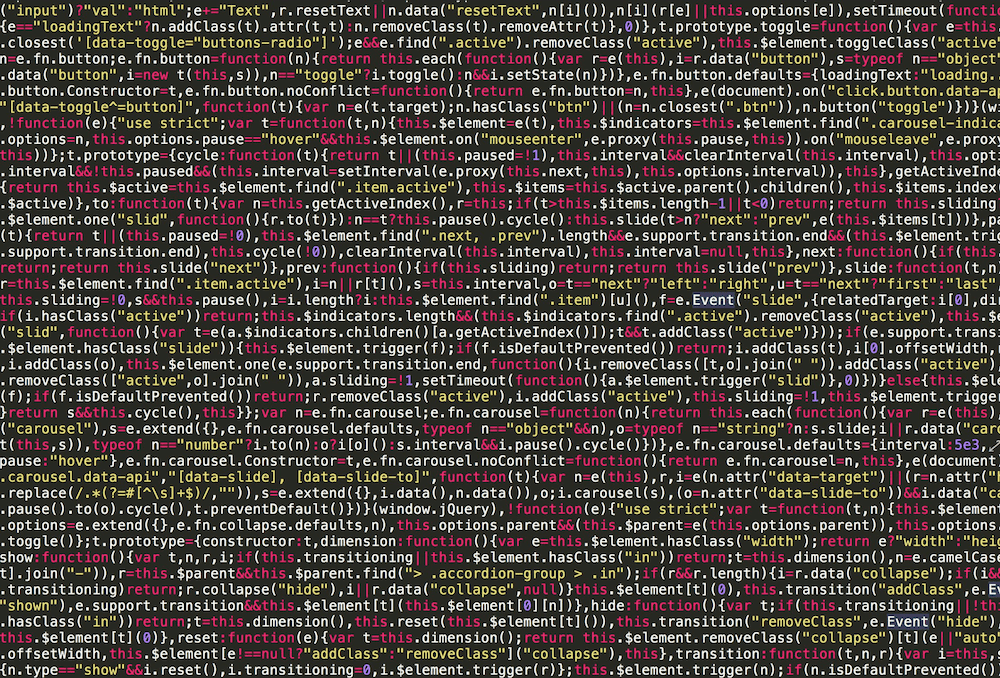Any developer who’s been around the block once or twice knows how ubiquitous languages like JavaScript, Java, and the associated tools and add-ons have become in the programming world.
Java Swing is one of the key tools for Java and has been a go-to for developing user interfaces for years. However, in recent years, the JavaFX vs Java Swing battle has become a real tug-of-war for programmers who want to use the most effective means to create their apps. JavaFX has begun to make waves and steal business from its older and more-established cousin.
We’re here to cut through the fog and clear up any confusion you might have between the two Java buddies. We take a close look at both JavaFX and Java Swing’s building blocks, highlight the major differences between them, and help you determine which works the best for your coding situation. Our look at Java Swing and JavaFX gives you the facts to make a clear choice and sets you up for a rewarding and exciting career.
What is Java Swing?

Both Java Swing and FX work alongside Java code. Java is one of the easiest and most popular languages around, and it’s the first choice of many aspiring developers. As Java became more used in development, a series of add-ons and specialized tools like Java Swing sprang up to address needs in niche areas of applications. Java Swing helps programmers create graphical user interface (GUI) applications, and helps make them cleaner and more efficient.
Coders work with Swing to build Swing APIs. Swing took the place of Abstract Window Toolkit and provides developers with an interface that hews closely to the Java model, which makes transitioning from other environments into GUI development more seamless. Swing allows the creation of pluggable UI components and adds flexibility to the environment. With Swing, developers are free to create labels, buttons, and other UI components.
What is JavaFX?

Java FX is Swing’s younger, more limber cousin. FX behaves as a GUI library and lends itself to efficient and rapid development of desktop apps. Java FX has a modern design and provides developers with easy access to Rich Internet Application. Java coders who are used to working with Swing find the transition to FX to be largely painless, and the scripts they can write using it allow them to quickly and easily rewrite their UI components.
JavaFX uses a theater metaphor to address top-level application containers. In FX, the scene graph collects the UI elements, including layouts, controls, shapes, and groups. The elements are referred to as nodes, and each one has automatically available features that the developer can readily access. And FX also has special effects that you can easily add to create blurs, shadows, and other textural touch-ups.
Key Differences

The main differences between the two tools come down to flexibility, power, and popularity. Swing still sees lots of use in GUI creation, both because of its ease of use and its widespread employment across the industry. Creating complex interfaces is a breeze with either approach, though. Desktop applications come together more easily when you use FX, and the younger tool gains ground on its big sibling every year.
Swing has a wider range of UI components compared to FX, but FX adds more all the time, so this difference might not be notable much longer. Likewise, JavaFX offers IDE support, but Swing’s IDE support is more mature and has more options for rapid deployment needs. On the flipside, FX offers consistent support for MVC, while Swing’s MVC support is not equal across all platforms.
In short, Swing and JavaFX are both GUI toolkits for Java programs. Swing is the old standard toolkit that features a bigger library of GUI elements and mature IDE support. JavaFX is the newer standard with a smaller library, more consistent updates, and consistent MVC support.
Which One is Right for You?

Your choice of the perfect Java tools comes down to your needs. Do you want a crackerjack GUI builder that gives you plenty of options during creation, or perhaps you want access to plenty of libraries as you work? Java Swing is likely going to be your cup of tea. The time-tested Java support tool is still the more popular choice. It gives you what you need to create responsive UI environments and helps to carry your project across the finish line.
Web developers and folks who want to use the latest and greatest gear will find JavaFX to be right up their alley. FX adds modern touches to your project and makes adding animation and special effects a snap. FX is also the choice for folks who develop mobile apps—it is much more geared to work with mobile programs than Swing. And, FX is more streamlined across the board than the older tool. It’s a perfect option for developers with efficiency in mind.
And that’s the whole story, my friends. Both JavaFX and Java Swing help programmers create vibrant and engaging apps with simple and accessible user interfaces. Our comparison of the two Java tools helps you identify the best option for your own work.
About us: Career Karma is a platform designed to help job seekers find, research, and connect with job training programs to advance their careers. Learn about the CK publication.



